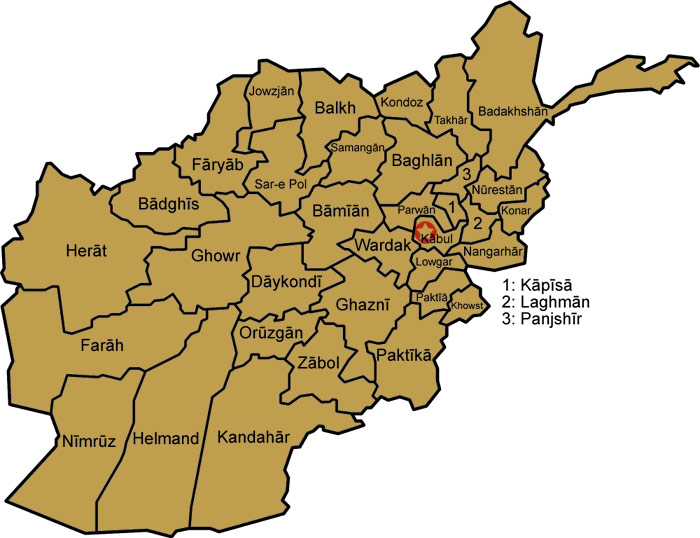Education in Afghanistan
“Instead of teaching our children radicalized ideology, we must spark their imagination so that they can unfold their own stories, their own mysteries, their own myths, their own universe. We must let our children believe that they can become peacemakers, lovers and healers. … There are hundreds of Malala Yousafzais in Afghanistan doing everything they can to get an education.” —Tariq Habibya, Founder, Aida Children’s Fund
Afghans aged 37 and under have seen nothing but war.
Since the late 1970s Afghanistan has suffered continuous and brutal civil war, including foreign interventions in the form of the 1979 Soviet invasion and the recent 2001 U.S.-led invasion that toppled the Taliban government. Conflict today continues as the Taliban insurgents do everything they can to regain control of the country. Insecurity has severely affected the country’s ability to educate its 31.6 million people.
- Afghanistan currently has one of the lowest literacy rates in the world.
- More than two-thirds of Afghans over 15 years old are illiterate.
- Over 13 million boys and girls are school-age children under 15 years of age.

About 10 Million school-age children are reported as attending some form of schooling, BUT:
- Because of overcrowded schools, students have to attend classes on a rotation basis. Many schools lack adequate supplies.
- Primary school-aged children receive on average only 3 hours of school each day.
- In spite of class rotation, the average student-teacher ratio is 46.6 students per classroom.


Parwan province is currently the “best,” with one teacher for every 32 students, Daikundi is the worst, with one teacher for every 93 students.
- Teachers are under-qualified. Only 32% of Afghan teachers meet the minimum requirement for a fully qualified teacher. (UNICEF South Asia 2014.) According to statistics provided by the Ministry of Education, 80% of the country’s 165,000 teachers have the equivalent of a high-school education or did not complete their post-secondary studies.
- As a consequence, teachers depend on rote education, providing limited or no opportunity for children to develop critical thinking or in-depth comprehension.
- There are approximately three times more boys attending school than girls.


A child’s early experiences are really important: they provide the scaffold onto which she pegs her view of the world, her dreams, goals and expectations. By ‘repatriating’ their own traditional stories as beautifully illustrated books, Hoopoe provides stories offering hope, peace, encouragement and inspiration for these war-torn children – as well as the opportunity to experience the magic of reading.
Please help us give each child a set of these wonderful stories to help them imagine and strive for a future without war.
PLEASE DONATE NOW!
DONATE

